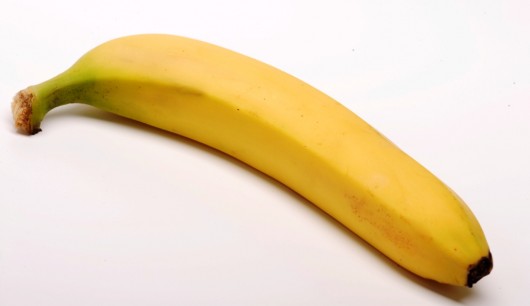Which Fruit Has The Most Vitamin B6?
What is Vitamin B6?
Vitamins are substances required by your body in tiny amounts. Your body cannot make its own vitamins. They must be acquired from the diet. Vitamin B6 is a part of a larger group of vitamins known as Vitamin B compound. These vitamins are water soluble, so they dissolve easily in water. Your body cannot store water-soluble vitamins. Vitamin B6 must be acquired daily. Its scientific name is pyridoxine.
Vitamin B6 In Our Body
Vitamin B6 is involved in many body functions. It helps you metabolize macronutrients such as proteins, fats and carbohydrates. It helps convert carbohydrates into glucose for energy. It is necessary to synthesize neurotransmitters that control mood and assists with many functions of the immune system. It participates in keeping electrolytes balanced, promotes the production of red blood cells and helps to keep homocysteine levels low. It contributes to healthy hair, skin, eyesight and good liver function.
Vitamin B6 deficiency includes general weakness, nervousness and irritability. It is responsible for pre-menstrual problems like fluid retention, emotional outbursts and depression. It is essential for the body to make melatonin. Insomnia often results from not enough melatonin. Low levels of Vitamin B6 can also manifest in skin conditions, ridged fingernails and serious bone problems such as arthritis and osteoporosis. One of the most noticeable deficiency symptoms is a swollen or painful tongue.
Many people resort to taking vitamin and mineral supplements when they believe they may not be getting enough in their diet, but sometimes that can be dangerous. Too much Vitamin B6 can cause neurological problems. Numbness, tingling hands or feet, and trouble walking are signs that you may be getting too much Vitamin B6 as well as too little. It is always best to get the vitamins and minerals you need from whole foods.
Top Fruits For Vitamin B6 Content
The amounts of Vitamin B6 are given for 100g of each fruit.
1 Banana 0,37 mg
2 Durian 0,30 mg
3 Elderberry 0,20 mg
4 Kiwi 0,10 mg
5 Blueberry 0,10 mg
6 Pumpkin 0,10 mg
7 Lychee 0,10 mg
8 Jackfruit 0,10 mg
9 Pineapple 0,10 mg
10 Orange 0,10 mg
11 Lemon 0,10 mg
12 Redcurrant 0,10 mg
13 Grape 0,10 mg
14 Melon (Cantaloupe) 0,10 mg
15 Mulberry 0,10 mg
16 Grapefruit 0,10 mg
17 Passion Fruit 0,10 mg
18 Gooseberry 0,10 mg
19 Mango 0,10 mg
20 Tangerine 0,10 mg
21 Raspberry 0,10 mg
22 Guava 0,10 mg
23 Blackcurrant 0,10 mg
24 Carrot 0,10 mg
25 Apricot 0,10 mg
26 Pomegranate 0,10 mg
27 Fig 0,10 mg
28 Tomato 0,08 mg
29 Cranberry 0,06 mg
30 Watermelon 0,05 mg
31 Cucumber 0,04 mg
32 Plum 0,00 mg
33 Cherry (sweet) 0,00 mg
34 Papaya 0,00 mg
35 Peach 0,00 mg
36 Strawberry 0,00 mg
37 Apple 0,00 mg
38 Pear 0,00 mg
39 Lime 0,00 mg
40 Blackberry 0,00 mg
41 Mangosteen 0,00 mg
